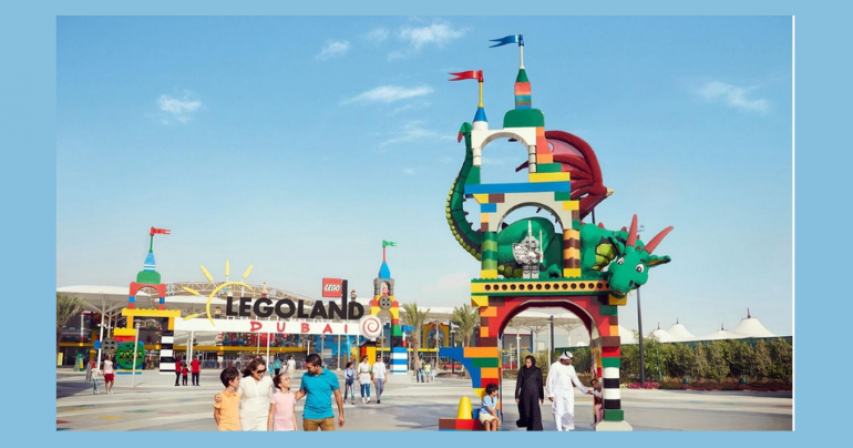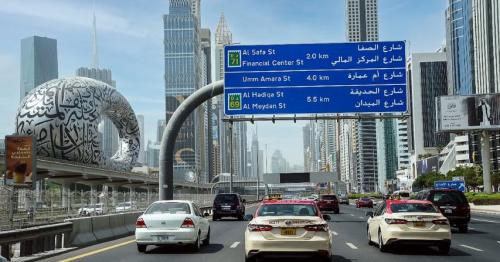The Significance of Building Sustainable Cities in the 21st Century

In the 21st century, as our world continues to urbanize at an unprecedented rate, the concept of sustainable cities has become increasingly critical. With more than half of the global population now residing in urban areas, the way we plan, design, and manage our cities has profound implications for the environment, economy, and well-being of billions of people.
Sustainable cities are those that prioritize environmental conservation, social equity, and economic prosperity to create thriving urban environments that can support present and future generations. These cities aim to minimize their ecological footprint while maximizing quality of life for residents.
One of the primary drivers behind the push for sustainable cities is the urgent need to address climate change. Cities are major contributors to greenhouse gas emissions, accounting for around 70% of global carbon dioxide emissions. By promoting sustainable practices such as renewable energy, energy-efficient buildings, and green transportation options, cities can significantly reduce their carbon footprint and mitigate the impacts of climate change.
Moreover, sustainable cities recognize the importance of social equity and inclusivity. They strive to create opportunities for all residents, regardless of socio-economic status, ethnicity, or background. This means ensuring access to affordable housing, quality education, healthcare, transportation, and green spaces for everyone. By promoting social cohesion and reducing inequalities, sustainable cities can enhance overall well-being and foster a sense of community among diverse populations.
Economic sustainability is another key aspect of building sustainable cities. By investing in renewable energy, clean technology, and green infrastructure, cities can stimulate economic growth and create new job opportunities. Sustainable urban development can also lead to cost savings in areas such as energy consumption, waste management, and healthcare expenses, ultimately benefiting both residents and businesses.
In addition to environmental, social, and economic benefits, sustainable cities offer numerous other advantages. They tend to be more resilient to natural disasters and extreme weather events, thanks to measures such as flood-resistant infrastructure and green stormwater management systems. They also promote healthier lifestyles by encouraging active transportation options like walking and cycling, as well as providing access to fresh, locally grown food.
Several cities around the world have already made significant strides towards sustainability. For example, Copenhagen, Denmark, is renowned for its commitment to cycling infrastructure and renewable energy, with over half of its residents commuting by bike and a goal to become carbon neutral by 2025. Curitiba, Brazil, is celebrated for its innovative public transportation system, which has reduced traffic congestion and air pollution while improving accessibility for all residents.
Closer to home, cities like Portland, Oregon, and Vancouver, British Columbia, have implemented progressive urban planning policies focused on sustainability, including green building standards, protected natural areas, and efficient public transit networks.
However, building sustainable cities is not without its challenges. Rapid urbanization, population growth, and limited resources pose significant obstacles to achieving sustainability goals. Additionally, political will, stakeholder engagement, and financial resources are essential for implementing sustainable urban solutions effectively.
To overcome these challenges and create truly sustainable cities, collaboration and cooperation among governments, businesses, civil society, and citizens are crucial. It requires a collective effort to prioritize sustainability in urban planning, policy-making, and decision-making processes.
In conclusion, the transition to sustainable cities is imperative for addressing the complex challenges of the 21st century, including climate change, social inequality, and economic instability. By embracing sustainability principles and practices, cities can become healthier, more resilient, and more prosperous places to live, work, and thrive for generations to come. It's time to build cities that not only meet the needs of the present but also safeguard the future of our planet and its inhabitants.
By: Sahiba Suri





Comments